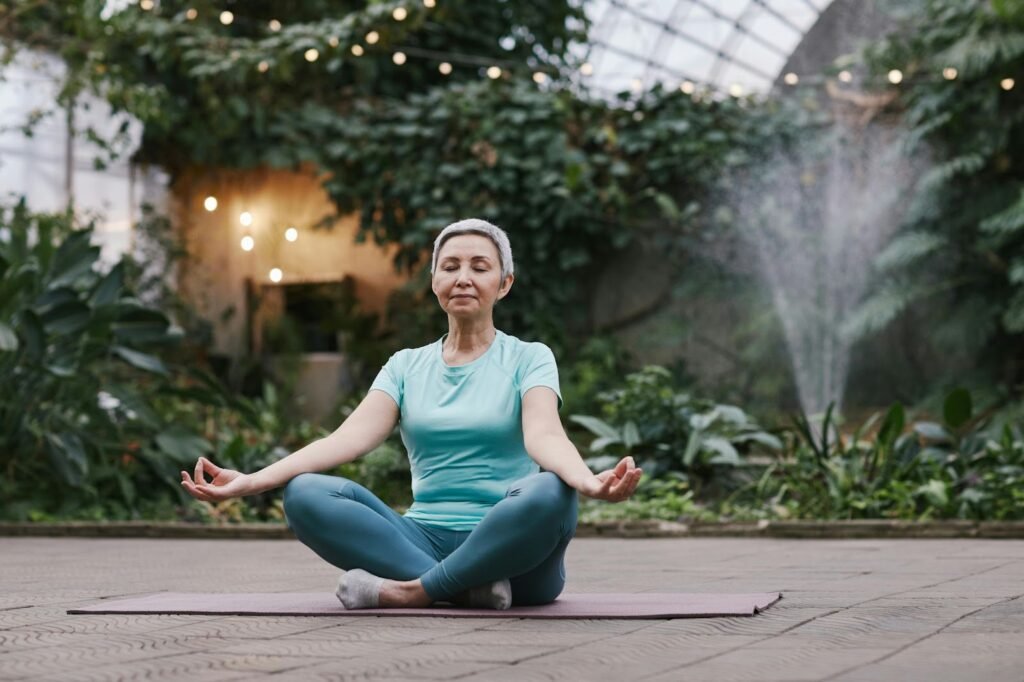Introduction
In today’s sedentary lifestyle, maintaining good posture has become increasingly important. Slouching, hunching, and poor sitting habits can lead to a host of problems, including back pain, neck stiffness, and even headaches. Posture correctors have emerged as a popular solution for individuals seeking to improve their posture and alleviate these discomfort. In this comprehensive guide, we will delve into the world of posture correctors, exploring their types, benefits, drawbacks, and how to choose the right one for you.
Understanding Posture Correctors
Posture correctors are devices designed to assist in aligning the spine and shoulders, promoting a more upright and healthy posture. They come in various forms and materials, each with its own unique features and benefits.

Types of Posture Correctors
Back Braces: Back braces are full-body garments that provide support to the entire back and core. They are often used to treat conditions such as scoliosis and kyphosis.
Shoulder Straps: Shoulder straps are simpler devices that target specifically the shoulders and upper back. They are designed to draw the shoulders back and prevent slouching.
Posture Patches: Posture patches are adhesive patches that are applied to the back or chest. They work by providing gentle pressure to the muscles, encouraging better posture.
Posture Training Devices: These devices are designed to train the body to maintain proper posture through exercises and feedback mechanisms. They often include features like vibration alerts or posture tracking apps.
Benefits of Using Posture Correctors
Improved Posture: The most obvious benefit of using a posture corrector is improved posture. By providing support and guidance, these devices can help train the body to maintain a more upright and aligned position.
Increased Confidence: Good posture can have a positive impact on self-esteem and confidence. When you stand tall and hold your head high, you project a more confident and assertive image.
Improved Breathing: Poor posture can restrict breathing by compressing the lungs. By improving posture, you can allow your lungs to expand more fully, leading to better breathing.
Drawbacks and Considerations
While posture correctors can be beneficial, it’s important to be aware of their potential drawbacks and limitations:
Temporary Relief: Posture correctors can provide temporary relief from pain and discomfort, but they may not address the underlying causes of poor posture.
Dependency: Overreliance on posture correctors can make it difficult to maintain good posture without them. It’s important to develop the strength and flexibility necessary to support your body naturally.
Discomfort: Some individuals may find posture correctors uncomfortable or restrictive, especially when first starting to use them.
Cost: Posture correctors can vary in price, with some options being quite expensive.
Choosing the Right Posture Corrector
When selecting a posture corrector, consider the following factors:
Your Specific Needs: Determine the primary reason for using a posture corrector. Are you looking to address a specific condition, improve overall posture, or alleviate pain?
Comfort and Fit: The device should be comfortable to wear and fit properly. Consider factors like size, adjustability, and materials.
Ease of Use: Look for a posture corrector that is easy to put on, take off, and adjust.
Durability: Choose a device that is made from high-quality materials and is built to last.
Additional Tips for Improving Posture
In addition to using a posture corrector, there are several other steps you can take to improve your posture:
Strengthen Your Core: A strong core is essential for maintaining good posture. Incorporate exercises like planks, crunches, and bridges into your workout routine.
Stretch Regularly: Stretching helps improve flexibility and can counteract the effects of sitting for long periods. Focus on stretching your chest, shoulders, and back.
Practice Mindfulness: Pay attention to your posture throughout the day and make a conscious effort to sit up straight and avoid slouching.
Ergonomic Workspace: Ensure that your workspace is set up ergonomically to promote good posture. Adjust your chair, desk, and computer monitor to the appropriate height.
Frequently Asked Questions About Posture Correctors
What are posture correctors?
Posture correctors are devices designed to assist in aligning the spine and shoulders, promoting a more upright and healthy posture. They come in various forms, such as back braces, shoulder straps, posture patches, and posture training devices.
Do posture correctors work?
While posture correctors can be beneficial in improving posture, they are not a magic solution. They can provide temporary relief from pain and discomfort, but they may not address the underlying causes of poor posture. It’s important to use them in conjunction with other healthy habits, such as strengthening your core muscles and stretching regularly.
How long should I wear a posture corrector?
The duration of use depends on individual needs and the specific type of posture corrector. Generally, it’s recommended to start with short durations and gradually increase usage as tolerated. Consult with a healthcare professional for personalized guidance.
General Questions
Can I wear a posture corrector while working out?
It’s generally not recommended to wear a posture corrector while working out, as it can restrict movement and interfere with your exercise routine.
Can I wear a posture corrector while driving?
Wearing a posture corrector while driving is generally safe, but it’s important to ensure that it doesn’t impede your ability to see the road and operate the vehicle safely.
Is it possible to maintain good posture without using a posture corrector?
Yes, it is possible to maintain good posture without using a posture corrector. By strengthening your core muscles, stretching regularly, and practicing mindfulness, you can train your body to naturally maintain a more upright posture.
Conclusion
Posture corrector can be a valuable tool for improving posture and alleviating discomfort. However, it’s important to use them in conjunction with other healthy habits and consult with a healthcare professional if you have any concerns. By understanding the different types of posture correctors, their benefits and drawbacks, and how to choose the right one for your needs, you can make informed decisions and take steps toward a healthier and more confident you.
To read more, click here.




